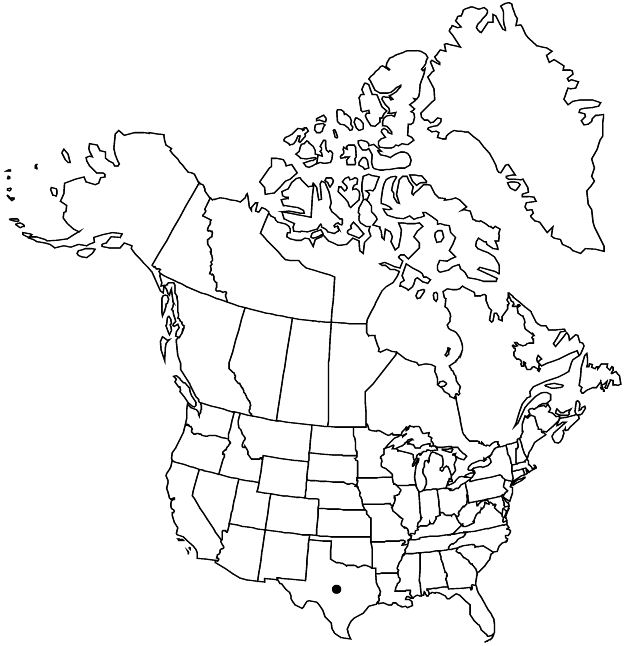Sida longipes
Smithsonian Contr. Knowl. 3(5): 19. 1852.
Herbs or subshrubs, perennial, to 0.5 m. Stems ascending to erect, with stellate 0.1 mm hairs and glandular hairs. Leaves: stipules free from petiole, 1-veined, subulate, 3–4 mm, 1/2–1 times length of petiole; petiole 6.3–40 mm, 1/4–1/2 length of blade, minutely stellate-hairy; blade narrowly linear, 2.5–8 cm, 6–20 times longer than wide, base truncate, margins dentate to base, apex subacute, surfaces stellate-hairy. Inflorescences axillary solitary flowers. Pedicels slender, 8–12(–16) cm, usually 2+ times length of subtending leaves, much longer than calyx. Flowers: calyx obscurely 10-ribbed basally, 6–8 mm, stellate-hairy, lobes triangular; petals pale orange, 12 mm; staminal column minutely hairy; style 8–10-branched. Schizocarps subconic, 5–7 mm diam., minutely glandular-puberulent to subglabrous; mericarps 8–10, 3.5 mm, strongly reticulate laterally, apex muticous.
Phenology: Flowering spring–fall.
Habitat: Arid shrublands, often on limestone
Elevation: 1000–1800 m
Distribution

Tex., Mexico (Coahuila).
Discussion
Sida longipes is known from at least six counties in the Big Bend region of southwestern Texas.
Selected References
None.